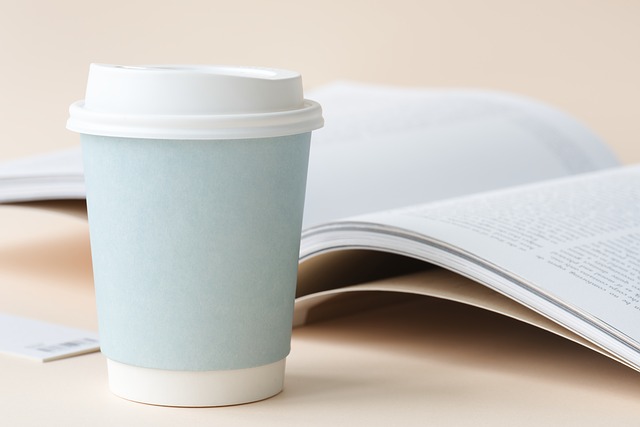EFBW today calls for a step-change in the performance of collection and sorting systems for beverage containers to obtain the necessary quantity of high-quality recycled PET in the EU.

Image: EFBW seeks efficient collection and sorting systems for beverage containers. Photo: Image by rawpixel from Pixabay.
All drink containers used by the industry, be it PET, glass or aluminium, are fully recyclable. Drink bottles made of PET are already the most recycled of all plastic packaging.
However, despite industry’s efforts in setting up and financing packaging recovery organizations, the current level of collection of PET beverage bottles varies substantially across the EU.
The bottled water industry, in line with the objectives of the EU Plastics Strategy, communicated publicly on 15 May 2018 its four major pledges towards 2025. On 21 May 2019, the Single Use Plastics Directive was approved with a 90% separate collection target for plastic beverage bottles by 2029 (77% by 2025) and a target to incorporate 25% of recycled plastic in PET bottles from 2025 (30% in all plastic bottles by 2030).
The sector believes that high collection of beverage PET bottles is a first, but very important, step towards higher use of recycled PET. However, to include recycled PET in their packaging natural mineral and spring water producers require access to a consistent supply of high-quality, food contact, recycled material.
Therefore, to meet the above targets while ensuring quantity and quality of recycled PET, separate collection is essential. This can occur either via existing well-performing curbside collection or via the introduction of Deposit Refund Systems.
Deposit Refund System has the benefit of yielding very high return rates in a separate “clean” stream for PET beverage bottles. “We call on all value chain actors to partner with us in this journey towards greater circularity of PET in Europe”, said Jean-Pierre Deffis, EFBW President.
Source: Company Press Release
